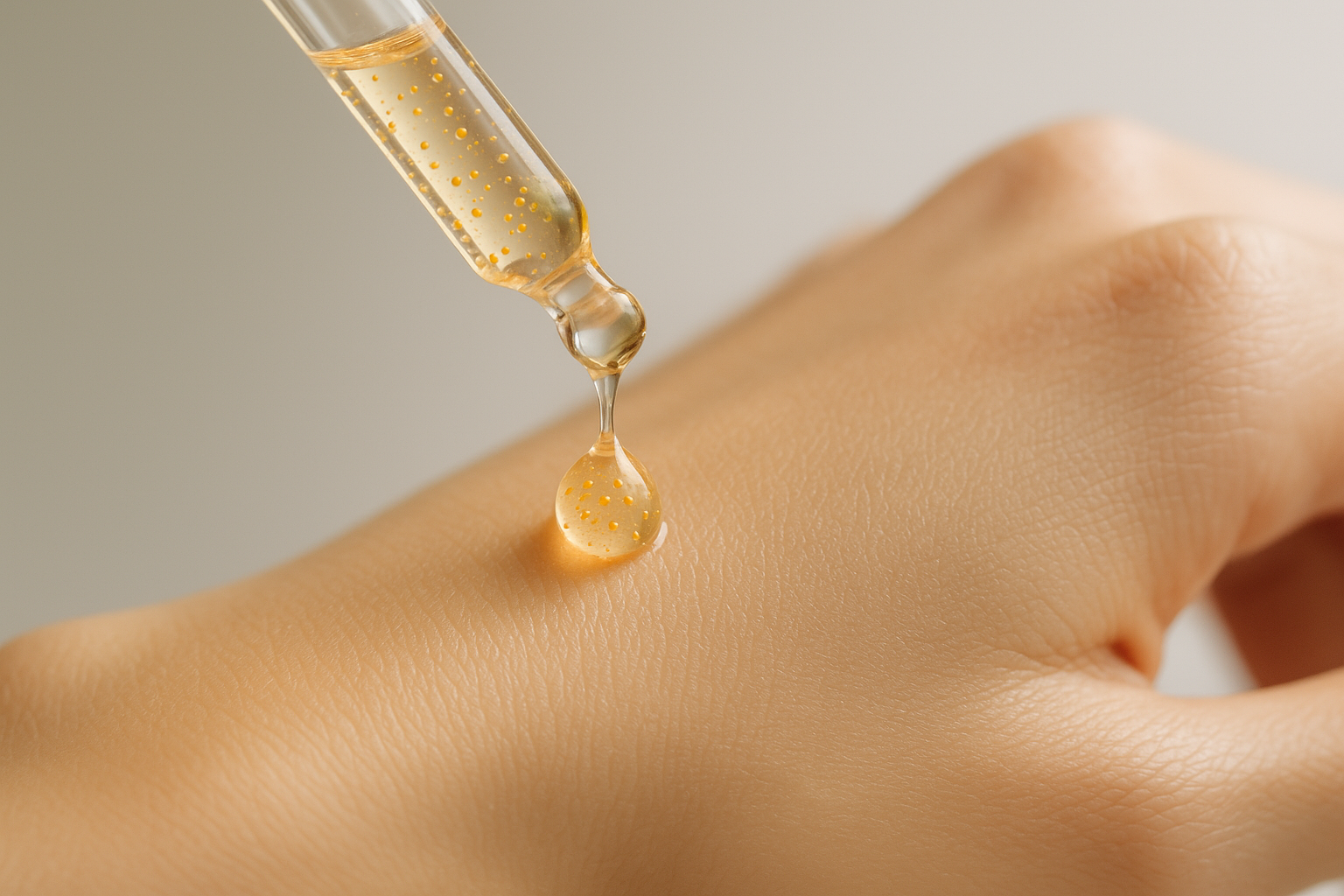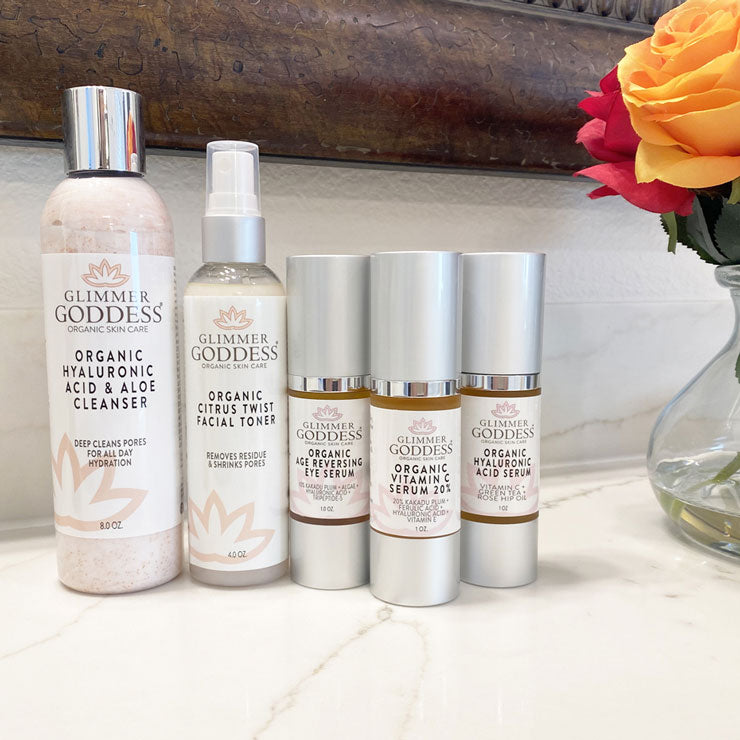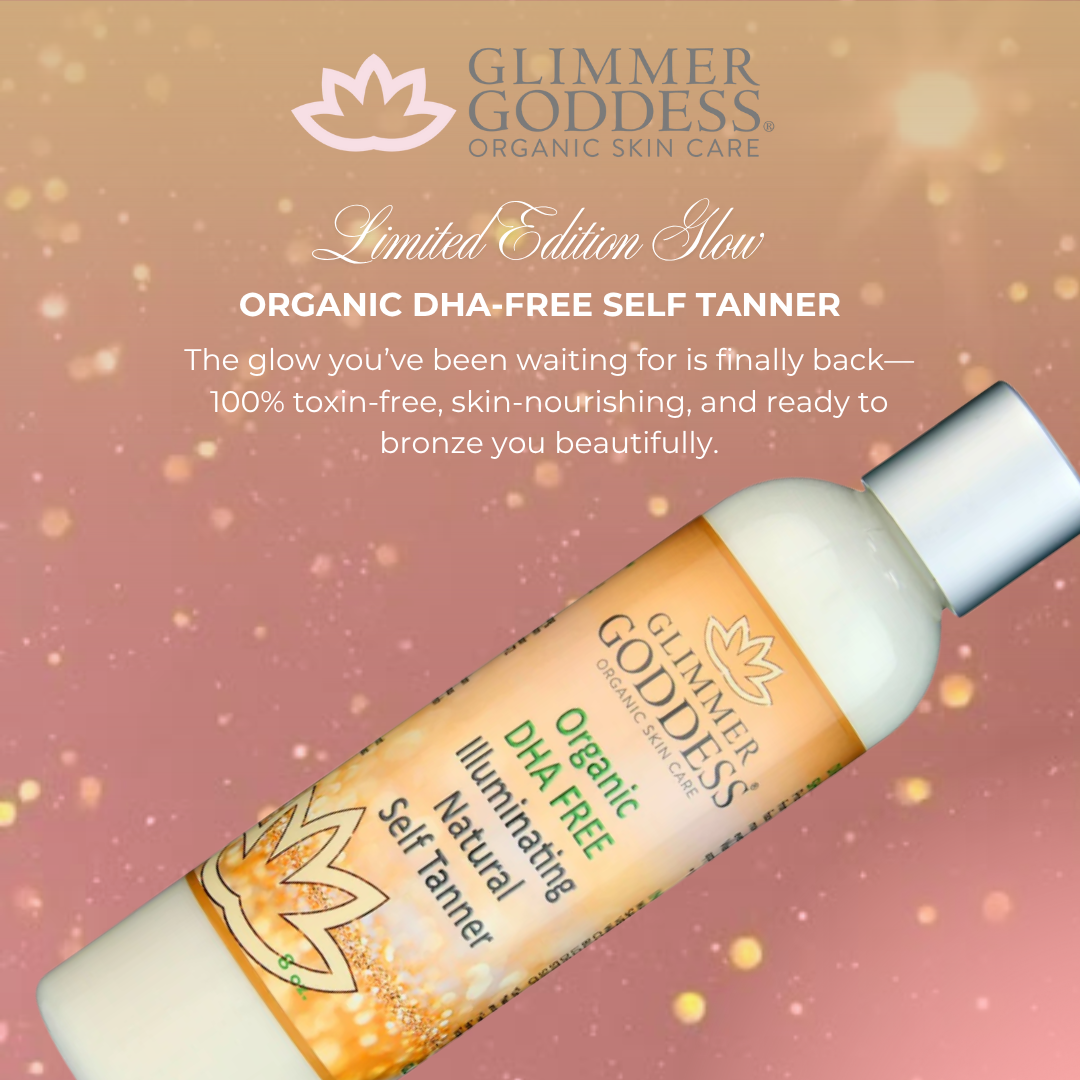
Organic Vitamin A Microcaps Serum - Smooth, Firm & Brighten Without Harsh Irritants
Vitamin A Serum: How It Smooths, Firms, and Brightens Skin (Without Harsh Irritants)
Vitamin A serums are one of the most effective topical treatments for renewing skin texture, reducing fine lines, and preventing breakouts. If you want results without severe irritation, look for formulations that use microencapsulation and gentle supporting ingredients. This guide answers common questions and shows how to use Vitamin A safely and effectively.
What is a Vitamin A serum and how does it work?
Vitamin A serums typically contain forms of vitamin A such as retinol, retinaldehyde, or other retinoid derivatives. They work by accelerating skin cell turnover, stimulating collagen production, and helping to unclog pores. Over time, this leads to smoother texture, reduced appearance of fine lines, and a brighter complexion.
Benefits you can expect
- Improved skin texture and smoother surface
- Reduction in fine lines and wrinkles through boosted collagen synthesis
- Reduction in blemishes by keeping pores clearer
- Brighter, more even-toned skin as old pigmented cells are replaced
- Long-term strengthening of skin resilience and elasticity
Why choose a microencapsulated, organic Vitamin A formula?
Microencapsulation helps deliver vitamin A steadily into the skin, minimizing the sudden irritation that can occur with concentrated retinoids. An organic base and gentle supporting ingredients reduce the chance of reactions and make the formula suitable for more sensitive skin types while still providing visible results.
How this compares to other serums (hyaluronic acid, CoQ10, licorice, etc.)
Vitamin A targets cell turnover and collagen production, which is different from what many popular serums do:
- Hyaluronic acid: Primarily hydrates and plumps by attracting moisture. Great to layer under or over vitamin A to reduce dryness.
- Coenzyme Q10 (CoQ10): An antioxidant that supports cellular energy and protects against oxidative stress—complements vitamin A but doesn’t replace its cell-renewing action.
- Licorice extract: Often used for brightening and calming; it pairs well with vitamin A to reduce post-inflammatory pigmentation without increasing irritation.
- Chlorella and other algae extracts: Can provide nutrients and antioxidants that support skin health alongside vitamin A.
How to use a Vitamin A serum safely
- Start slow: Apply 1–2 nights per week for the first 2–4 weeks, then gradually increase frequency as tolerated.
- Use a pea-sized amount for the entire face—less is more with active vitamin A ingredients.
- Apply on dry skin after cleansing and any water-based serums (like hyaluronic acid), then follow with a moisturizer to buffer irritation if needed.
- Always use a broad-spectrum sunscreen every morning—vitamin A can increase sun sensitivity.
- Avoid layering with strong AHAs/BHAs or benzoyl peroxide at the same time to reduce irritation; alternate nights if you use those actives.
Who should use Vitamin A serum and who should be cautious?
Most adults looking to improve texture, tone, and early signs of aging will benefit. Be cautious or consult a dermatologist if you are pregnant, breastfeeding, or using prescription retinoids. If you have very reactive or rosacea-prone skin, choose microencapsulated or lower-strength vitamin A and introduce it slowly.
Common questions people search for
Can I use Vitamin A serum with hyaluronic acid?
Yes—hyaluronic acid is hydrating and pairs perfectly. Apply hyaluronic acid first (on slightly damp skin), then your Vitamin A serum, and finish with a moisturizer.
How does Vitamin A compare to CoQ10 or collagen serums?
CoQ10 is an antioxidant that protects and energizes cells; collagen serums usually aim to support surface hydration or stimulate collagen indirectly. Vitamin A actively promotes cell turnover and stimulates collagen production, so it plays a distinct and often central role in anti-aging routines.
Will Vitamin A cause breakouts or make skin worse?
Some people experience temporary purging as skin speeds up cell turnover—this can look like increased breakouts for a few weeks. If irritation, redness, or severe dryness occurs, reduce frequency or strength, or switch to a microencapsulated formula designed for gentler delivery.
Quick tips for the best results
- Be patient: visible improvement often takes 8–12 weeks.
- Combine with antioxidants (vitamin C in the morning) and peptides for complementary benefits.
- Keep routines simple at first—introduce new actives one at a time.
Recommendation
If you want a gentle, effective way to smooth, firm, and brighten without harsh irritants, consider a microencapsulated, organic vitamin A serum that pairs moisturizing and calming ingredients—.
Final thoughts
Vitamin A serums are a cornerstone of evidence-based anti-aging and skin-renewing routines. Choose a formulation that suits your sensitivity level, be consistent, and protect your skin with sunscreen. When used correctly, vitamin A can transform texture, clarity, and firmness for healthier-looking skin.









